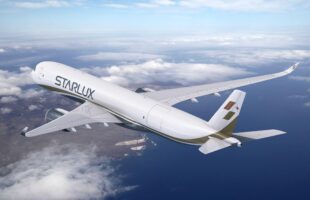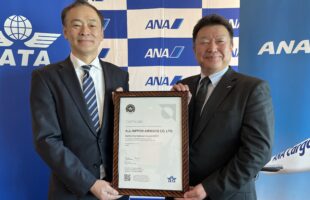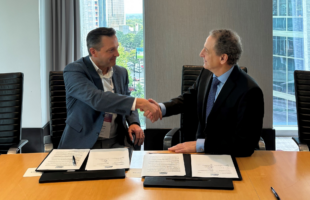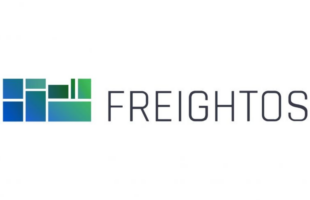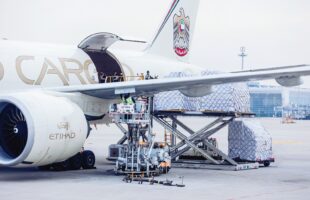
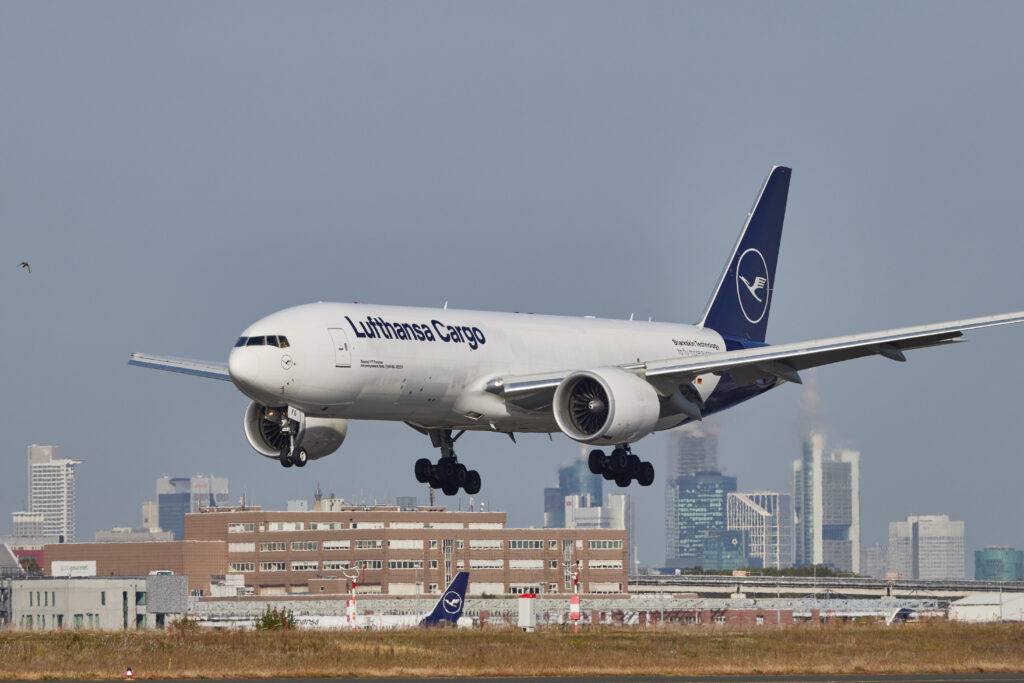
Lufthansa Cargo has taken another step to achieving its carbon neutral targets by 2050 as it put back into service a Boeing 777F equipped with AeroSHARK technology on 13 October.
This is the fourth freighter to be equipped by Lufthansa Technik with the technology since February this year.
AeroSHARK is a functional surface film that imitates the microscopic structure of shark skin. This reduces the aerodynamic drag on the fuselage and engine nacelles of the freighter, resulting in significant fuel and emissions savings.
Lufthansa plans to apply this technology, jointly developed by Lufthansa Technik and BASF, for its entire 777F fleet by 2027, making them more fuel efficient and reducing emissions.
As with the previous modified freighters, Lufthansa Technik expects fuel savings of about one percent. Calculated over the airline’s entire 777 fleet, this will save more than 4,000 metric tonnes of kerosene per year or around 13,000 metric tonnes of CO2 emissions. This corresponds to about 53 cargo flights from Frankfurt to Shanghai.
“The special coating significantly reduces the frictional resistance of the aircraft. Together with the lightweight cargo equipment we already use today, this technology will enable us to save 5,493 tons of kerosene per year. This is an important step on our way to becoming 100 percent CO2-neutral in the air by 2050,” said Ashwin Bhat, CEO of Lufthansa Cargo.
Modification of the next aircraft will begin in August 2024 during regular maintenance layovers, the airline noted.



